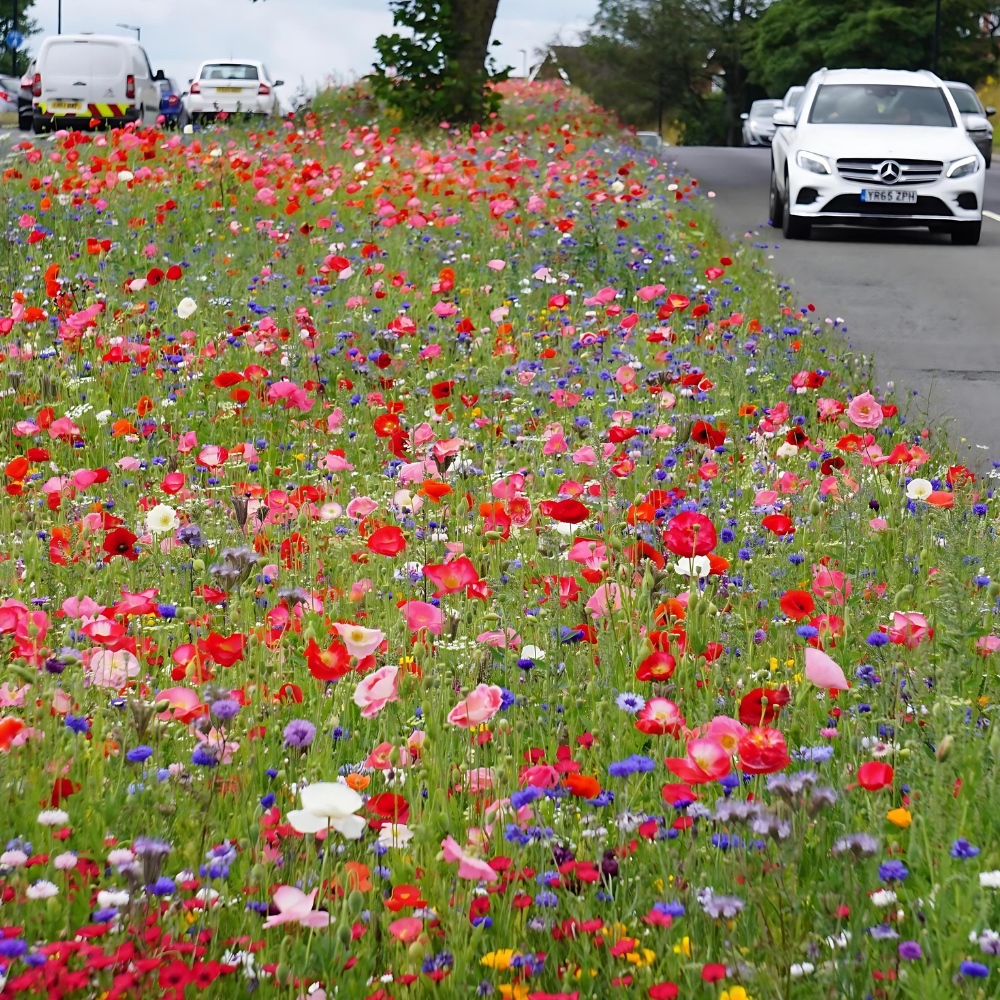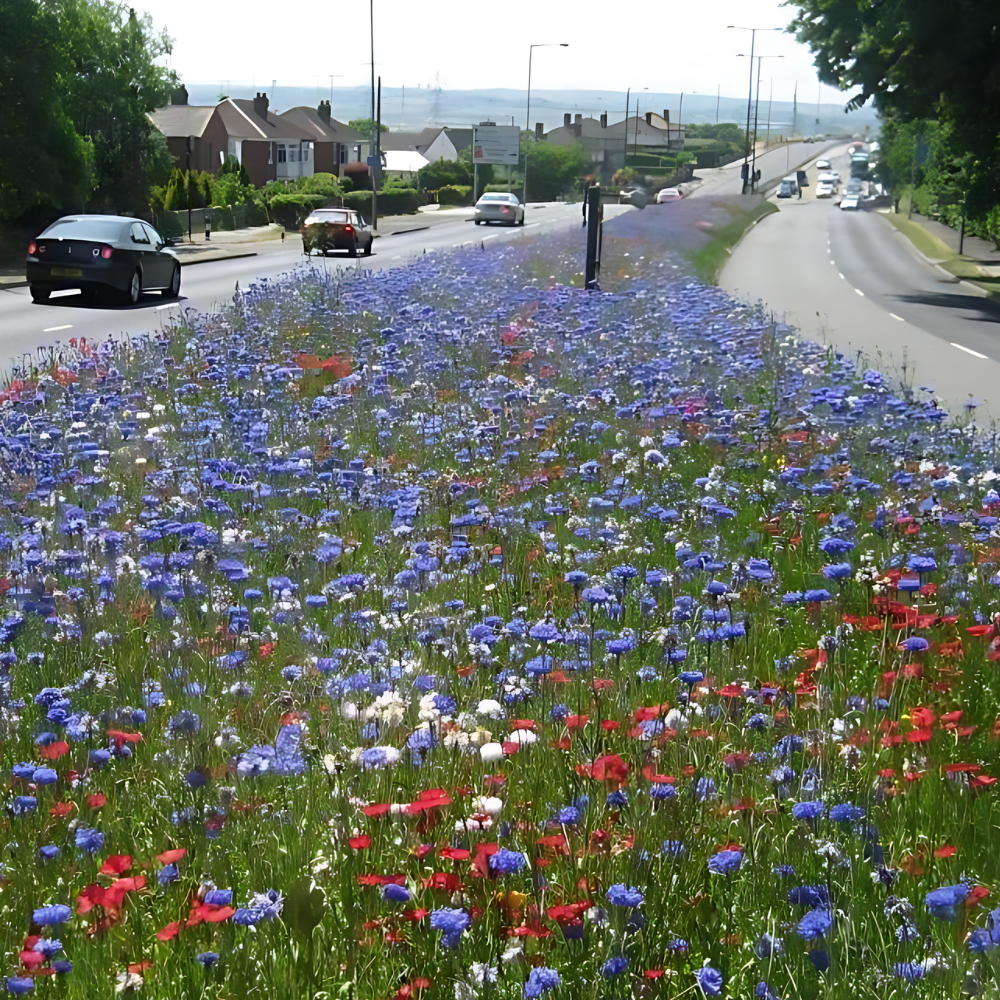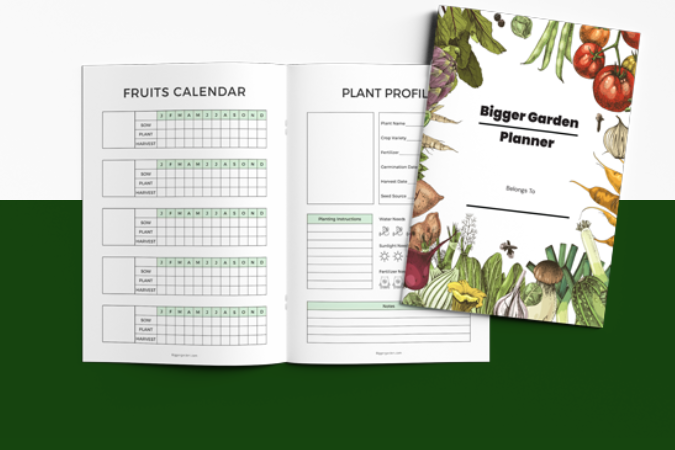Wildflower City Medians: An Urban Delight or an Ecological Disaster?
This post follows our research editorial guidelines.


Urban landscapes are transforming! With growing ecological awareness and an eye for beauty, cities are turning their grassy medians into vibrant wildflower strips. This shift not only enhances the city’s aesthetic appeal but also brings crucial ecological benefits. However, like any project involving nature, it comes with its own set of challenges.

I’ve always been in support of city changes like this, to me it makes sense. Why grow grass everywhere when the same time and energy spent mowing could be used panting wildflowers once a season. Until I stumbled upon this Reditt post. Some of the commenters made a good point, should we be shiting our focus of growing city flowers between two lanes of cars? Could this be an ecological trap? Let’s take a closer look at the pros and cons.
The Ecological Benefits
Swapping out grass for wildflowers in city medians offers fantastic support for urban biodiversity, especially pollinators like bees and butterflies. Wildflowers provide a richer variety of nectar and pollen than the usual grasses, making them a valuable food source for these insects. These colorful strips can also act as mini-refuges or stepping stones for wildlife, creating green corridors that help animals move and interact within the city.
Sustainability is another huge perk of wildflower medians. They generally need less maintenance than grass, cutting down on watering, mowing, and the use of fertilizers and pesticides. This not only reduces maintenance costs but also lowers the environmental impact of urban landscaping.

The Challenges and Ecological Traps
Despite their benefits, wildflower medians do have some ecological pitfalls. One major concern is the concept of ecological traps. These occur when animals are attracted to an environment that seems ideal but is actually dangerous. For wildflower medians, this risk comes in two forms: ground-dwelling creatures might face greater traffic risks, and pollinators could be drawn into close proximity with vehicles, leading to increased mortality.
To address these issues, careful planning is essential. Choosing the right locations for wildflower medians should take into account traffic patterns and potential hazards for wildlife. Connecting these medians to a broader network of green spaces can enhance their effectiveness and safety.

Recommendations for City Planners and Environmental Advocates
- Strategic Placement: Position wildflower medians in areas with slower traffic or near existing green spaces to create ecological networks.
- Use Native Plants: Select native wildflowers that best support local wildlife and are well-adapted to the climate and soil, reducing maintenance needs.
- Public Engagement and Education: Involve the community through educational programs highlighting the benefits of wildflower medians and how everyone can help conserve urban biodiversity.
- Monitoring and Research: Implement monitoring programs to study the impact of these medians on local wildlife and adjust strategies as needed.
- Design Considerations: Design medians to minimize risks to both plants and animals, such as using lower curbs to prevent small animals from entering roadways.
Final Thoughts
Transforming grass medians into wildflower-rich strips marks a significant step in rethinking urban spaces. This movement towards more sustainable and ecologically friendly urban planning is promising. However, it’s crucial to approach these initiatives with a deep understanding of the ecological complexities involved. By carefully balancing the benefits with potential costs and planning thoughtfully, cities can create spaces that are truly beneficial for both human residents and local wildlife.
As urban planners, environmentalists, and engaged citizens continue to discuss and refine these green initiatives, the urban landscape evolves into a more vibrant and life-supporting environment for everyone. I’ know I’m interested in seeing more thoughtful action like this, I hope you are too.


Before you go!
10 Bright Yellow Perennial Flowers to Add to Your Garden
11 Stunning Red Perennial Flowers That Bloom All Summer + Growing Guides
12 Trees with Pink Flowers and leaves to Brighten Up Your Garden + Growing Guides
12 Star-Shaped Flowers | Blooming Stars for Every Garden